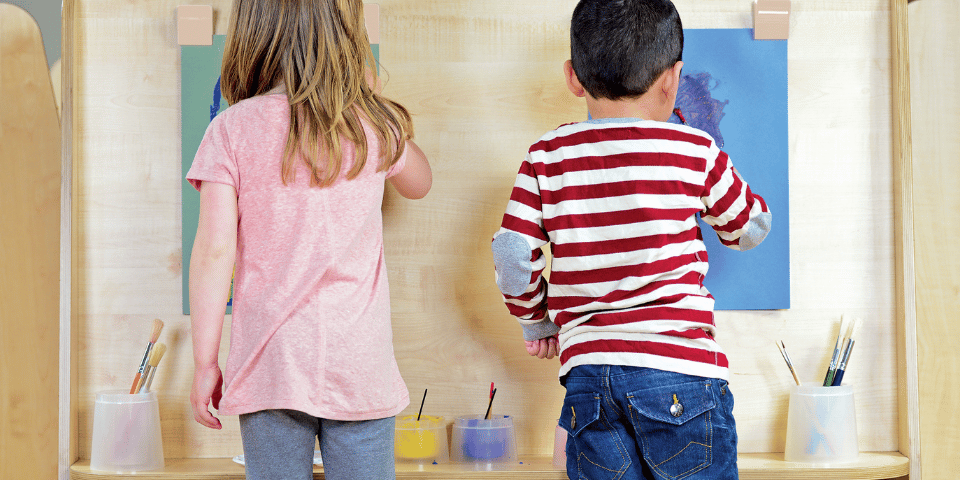Early years education is rich with diverse pedagogical approaches, but few spark as much reflection, dialogue, and inspiration as the Reggio Emilia philosophy. Originating in Northern Italy, this approach places the child at the centre of their own learning journey, supported by rich environments, skilful adults, and meaningful community collaboration. As places of Early Years ‘pilgrimage’, the city of Regio Emilia and the Loris Malaguzzi International Centre are visited by those passionate about early childhood education, from around the world!
“To make a lovable school, industrious, inventive, liveable, documentable and communicable, a place of research, learning, re-cognition and reflection, where children, teachers and families feel well – is our point of arrival.” Loris Malaguzzi
At Early Excellence, we draw deep inspiration from Reggio Emilia’s principles. Like Reggio, we believe that the learning environment is a powerful teacher, that children express themselves in multiple ways, and that adults play a vital role in observing, extending, and celebrating children’s ideas. This blog explores the key concepts of Reggio Emilia and how these align with modern classroom practice
What is Reggio Emilia?
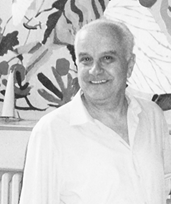
The philosophical father of the Reggio Emilia Approach was Loris Malaguzzi1. Working at the end of the Second World War, Malaguzzi brought together the villages around Reggio Emilia in northern Italy to develop a philosophy of early years education which places a focus on the child as an active part of the learning process, establishing a strong respect for the child’s role in his or her own learning process.
At the heart of the Reggio Emilia philosophy is the belief that children shape their own personalities during their early years and have “a hundred languages” they can use to express their ideas. The Reggio Approach aims to help children use these different forms of expression, such as painting, sculpting, and drama, in their daily lives.
The philosophy also recognises the critical importance of the early years learning environment, and a high value is placed on the expertise of the adults. In addition, the Reggio Approach also places the child within the heart of their community, bringing a powerful social dimension to learning with the close involvement of parents, and the deepening of understanding within a meaningful context. For example, parents and members of the wider local community participate in school management to help shape policies.
The Reggio Emilia Principles: A Child-Led Approach
There are five core principles of the Reggio Emilia Approach to education, these are:
- Expressive experiences – encourage children to make sense of experiences and ideas through their ‘100 languages’
- The role of the teacher – focusing on wondering with children about what they experience, think and feel, and on encouraging children to make sense of their world
- Reciprocal relationships – children are encouraged to collaborate, make explicit what they think and exchange ideas with other children, teachers, families and communities
- A pedagogy of listening – teachers follow the children, make proposals, and plan possibilities rather than following predetermined plans
- The environment as third teacher – provide a well-planned environment with provocative materials as well as offering meaningful experiences in the wider world
These five principles are explained in more detail below.
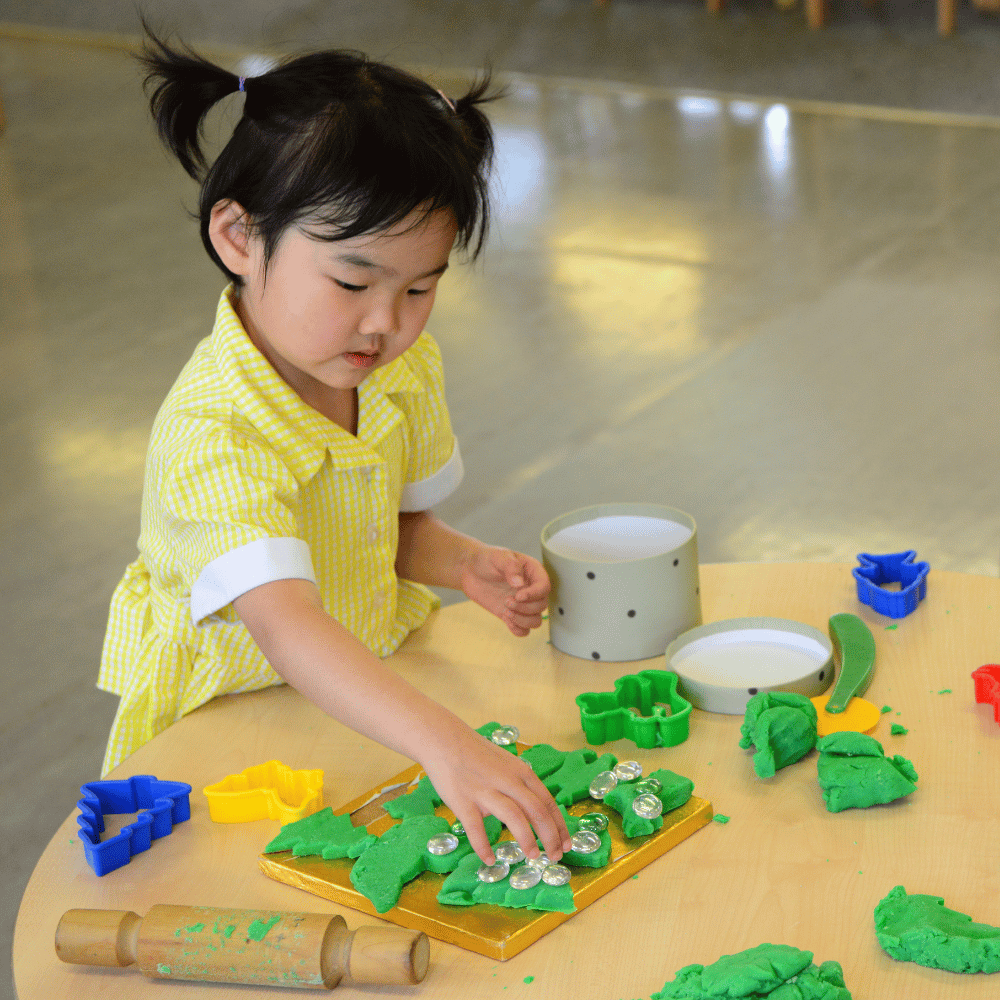
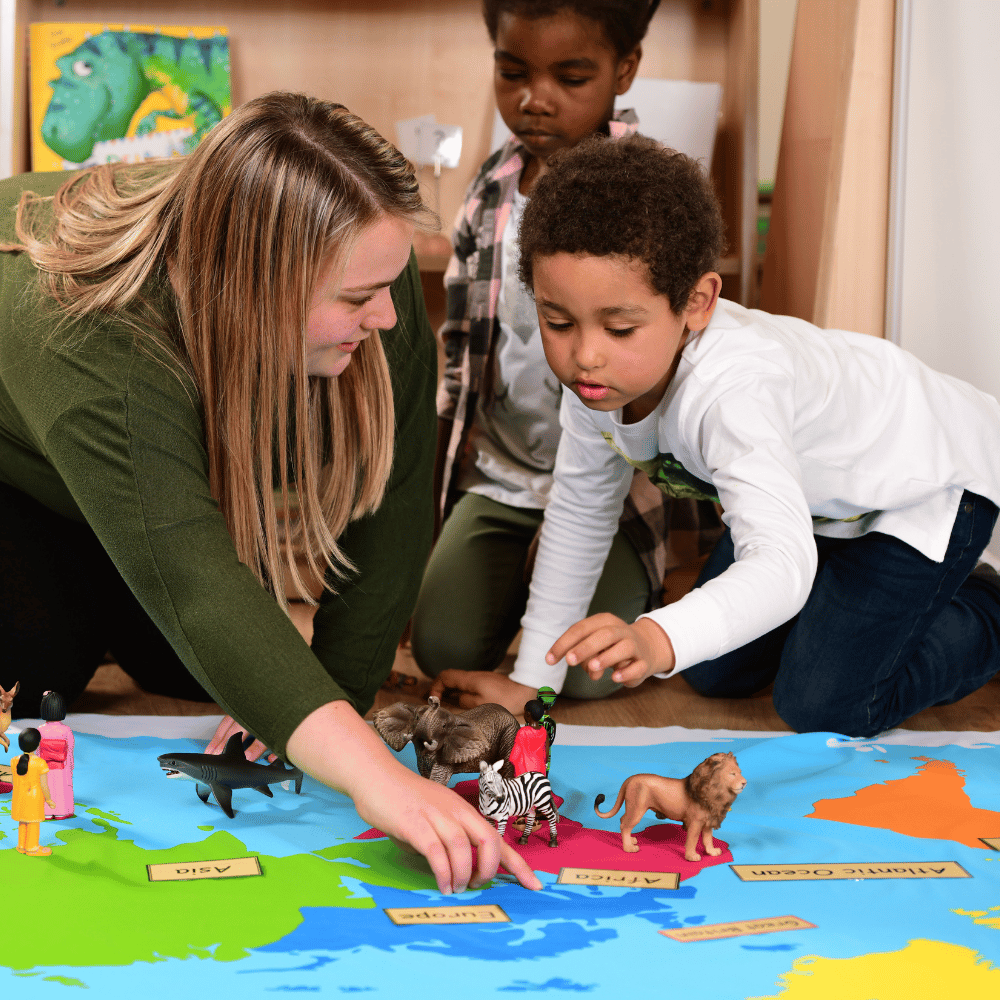
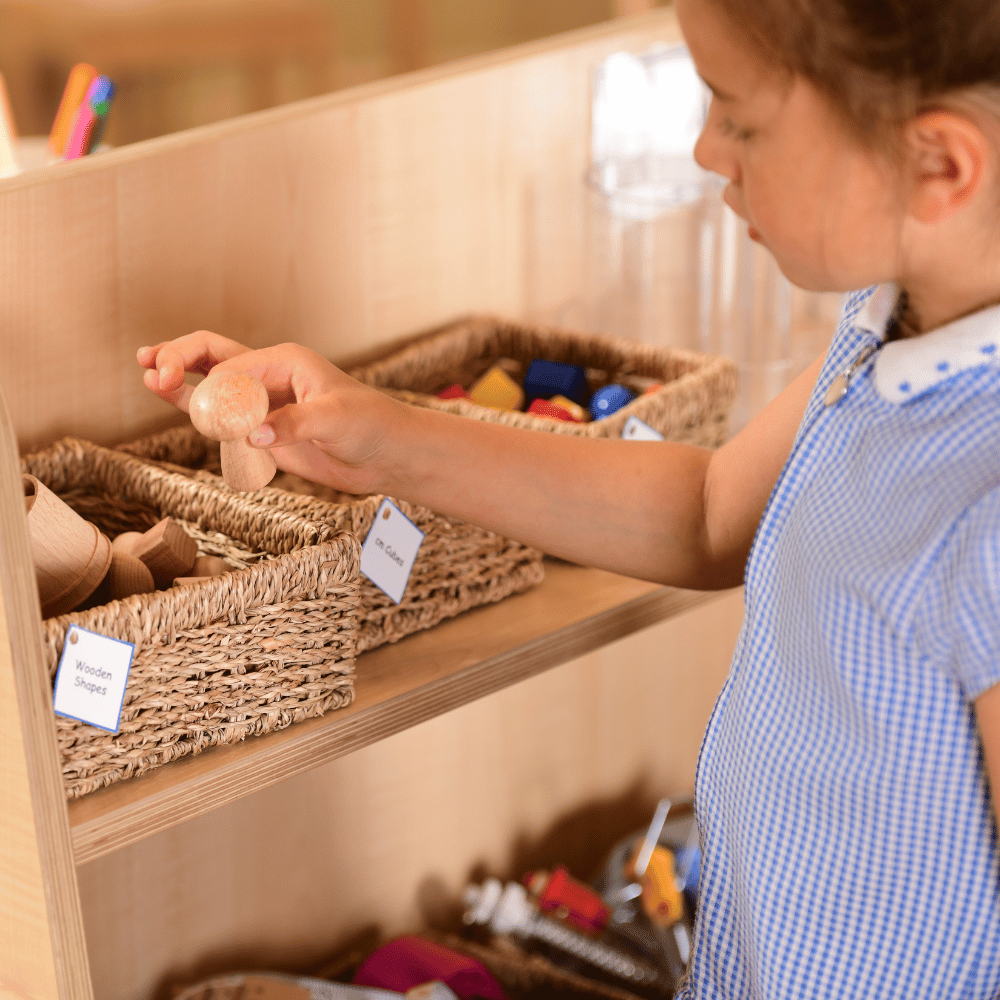
What are the 100 Languages of Children in the Reggio Approach?
Perhaps the most familiar aspect of the Regio Emilia Approach is the concept of ‘The Hundred Languages of Children’, which eloquently expresses the core principles of the Reggio Approach.
The phrase “Hundred Languages of Children” is a way to explain the many ways that children have of understanding, expressing and communicating ideas. For example, children might explore their interest in plants through the language of dough modelling, the language of biology or the language of colour. The Reggio Emilia approach means believing in the potential of each child’s unique ability to wonder and to express their thoughts, ideas and feelings.
‘The Hundred Languages of Children’ is also the title for a poem, written by Loris Malaguzzi. The powerful, inspiring words describe an image of a child that is strong, capable, competent, and yet whose development is often restricted by adults and society. It represents a vision of hope, describing the many possibilities for children who are provided opportunities to explore, to express themselves creatively, and who are empowered by their teachers and their learning environments. This is emphasised through the concept of a Pedagogy of Listening, which is described below.
Learn more about the concept of 100 Languages of Children from this video where Silvia Bagnacani from La Scuola International School introduces The Hundred Languages and the poem written by Loris Malaguzzi.
What is the role of the Teacher in the Reggio Emilia Approach?
Teachers in Reggio Emilia seek underlying or overarching ideas in children’s play and enquiry as a basis for projects. They encourage children to ask questions, form hypotheses and do research.
Malaguzzi emphasised that the role of the teacher remains vital in the Reggio Emilia Approach, and that learning and motivation require a skilful blend of teacher guidance and learner.
“Learning and teaching should not stand on opposite banks and just watch the river flow by; instead, they should embark together on a journey down the water” Loris Malaguzzi
Here we see a connection between the Reggio Emilia Approach and Lev Vygotsky’s ‘Zone of Proximal Development (ZPD)’, whereby through careful scaffolding, the teacher can promote increased competence and develop a sense of success for the learner as they progress on their unique learning journey.
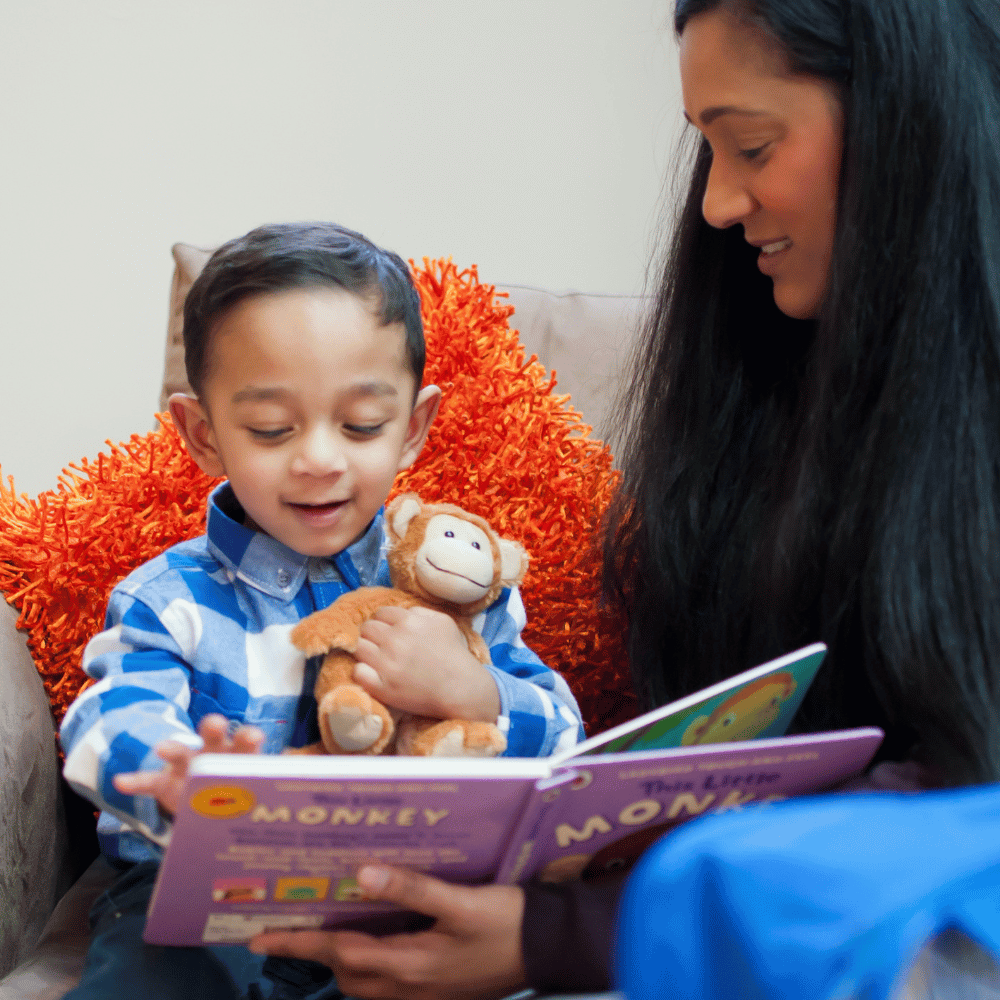
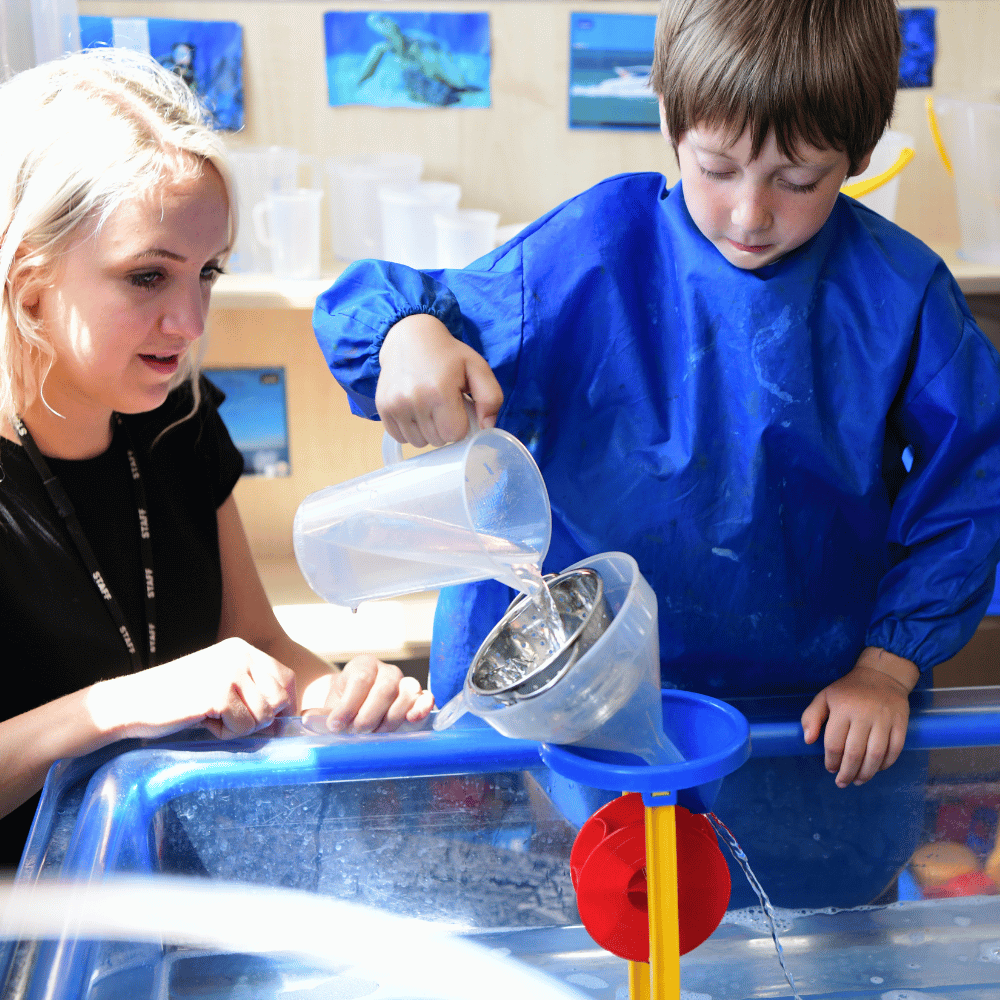
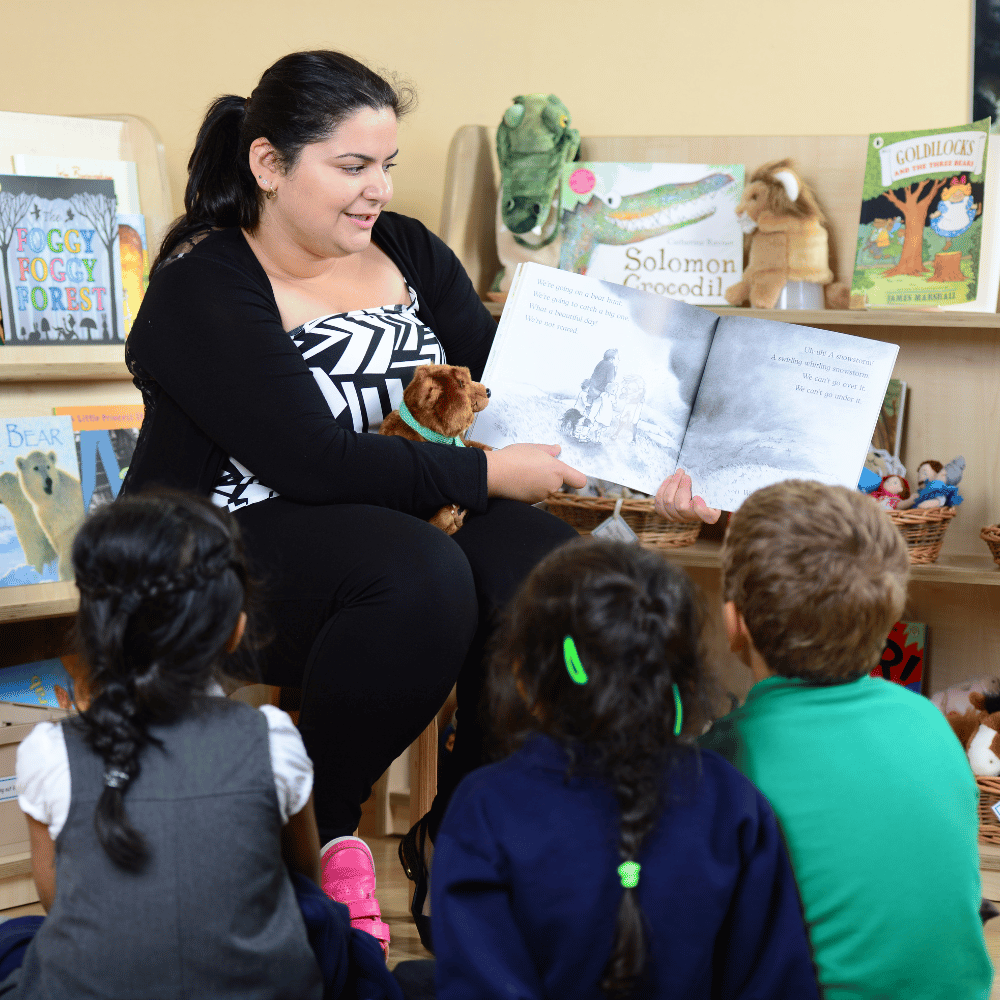
Reciprocal Relationships in the Reggio Emilia Approach
Reggio Emilia advocates the concept of the ‘learning group’, whereby adults work in pairs, staying with the same group of children. This enables them to build strong, authentic relationships. Children are encouraged to collaborate, learning with and from each other.
A key element of the approach is the way that teachers also work alongside and are guided by a pedagogista. Their role is to advise on developmentally appropriate practice to meet the needs of individual children. In Reggio Emilia preschools there is also an atelierista, a practising artist, who supports the development of creative skills of the children.
A Pedagogy of Listening
The pedagogy of listening is a core principle in the Reggio Emilia Approach, emphasising the role of listening as an active and reciprocal process between teachers, children, and the learning environment. As part of this principle, children are actively encouraged to share their thoughts and to engage in conversations, discussions, and to problem-solve with others. Through these interactions, they work together to build understanding and knowledge as a community of learners.
Children also to help shape the culture of their learning environment, e.g. by contributing to the development of rules and routines. Through skilful interaction teachers observe, listen, and act as partners in play and learning supporting children by building on their existing knowledge and interests. Through this they identify the skills, concepts, and resources needed for children to explore their ideas further. Families and communities also play an active role in this process, by supporting the children with planning and reflecting on projects, part of a ‘democratic learning environment’, strengthening teacher-family relationships.
The Reggio Emilia Classroom: The Third Teacher
Each Reggio Emilia classroom needs to be reflective of the unique culture and context of the children, their families and their local community. However, a common feature of the classrooms is the use of natural materials to structure the learning spaces and organise resources, ensuring that these are warm and inviting, as well as accessible to the children. Alongside this, the Reggio Emilia Approach encourages the celebration of children’s work as part of a documentation of learning, with display boards seen as blank canvases to be added to over the year. As Malaguzzi said, the children will ‘decorate’ the learning spaces!
A well-planned and thoughtfully prepared environment plays an essential role in helping children learn and grow. It encourages them to be independent and explore different ways of learning. As Early Excellence discuss in the early years environment blog, it’s important to create spaces that are inviting, always available, and familiar. This helps children return to activities, practise skills, and build on their ideas over time, as well as strengthening self-regulation skills. When we provide high-quality resources that match children’s interests, we support deeper learning and offer more possibilities for learning. Every resource should be chosen carefully, not just to spark curiosity but also to serve a clear purpose. As we say at Early Excellence, before adding a resource into your environment, ask yourself, ‘has this resource earned its place?’.
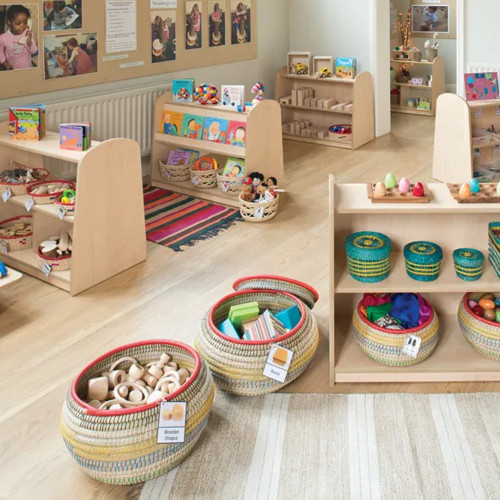


How are Parents and the Community involved with the Reggio Emilia Approach?
The local community and parents are a core element of the Reggio Approach. From the start Reggio Emilia schools were founded and supported by local communities that wanted to provide a new way of learning for their children, echoing the concept that ‘it takes a village to raise a child’.
In the schools, there is a commitment to ensure that parents should always be invited to play an active part in their child’s learning process and that schools and settings using the approach should seek to create and nurture sustained links with the wider community. This strategy reflects what we know from research, which consistently shows that parent partnership is a critical feature in strengthening outcomes in the early years.
The Reggio Approach believes that creating a connection between the early years setting, the family home and the local community promotes continuity in the children’s lives and creates a strong sense of common identity for all.
Reggio Emilia and Curriculum Design
The Reggio Emilia Approach is a philosophy, not a curriculum. Learning is based largely upon exploratory investigation and individual or collaborative project work. The aim of the projects is to provide children with the opportunity to make choices and develop their ideas alongside other peers and adults – but also and crucially – to provide an authentic context for learning because children can investigate things that are meaningful to them. A key feature of these projects or learning ‘adventures’ is time – with many lasting for days, sometimes weeks or even the whole year!
Within these projects the role of the adult is to act as a guiding partner in learning and play – sensitively raising questions, extending thinking, adding resources, and offering appropriate scaffolding to the children to help them to overcome challenges.
Using the Reggio Emilia Approach in your classroom
Although Reggio Emilia emerged from a unique cultural context in post-war Italy, its core ideas can translate meaningfully into UK classrooms – particularly those using Continuous Provision. At Early Excellence, our CPD and training, learning environment designs, and resource collections all reflect values closely aligned with Reggio: independence, creativity, enquiry, and thoughtful adult-child interaction. We know that these aspects help support children with the development of self-regulation skills and in planning their own learning enquiries through their knowledge of the resources that are available every day.
In addition to this, teachers enrich the learning environment with additional resources to extend children’s thinking and learning – drawing on their knowledge of the children, skilful observation and shared reflection with colleagues. As part of this process teachers also add enhancements or provocations, such as the work of well-known or local artists, as well as prompts to stimulate enquiry, e.g. what could you build with these resources?
In a traditional Reggio inspired classroom a key area of provision you would find is an atelier or creative area. This is an area for children to develop their creativity, explore their ideas and work individually or collaboratively on projects. An atelier includes a broad range of resources chosen to support this, appropriate to the age group of the children, e.g. painting materials, model making, drawing resources etc.
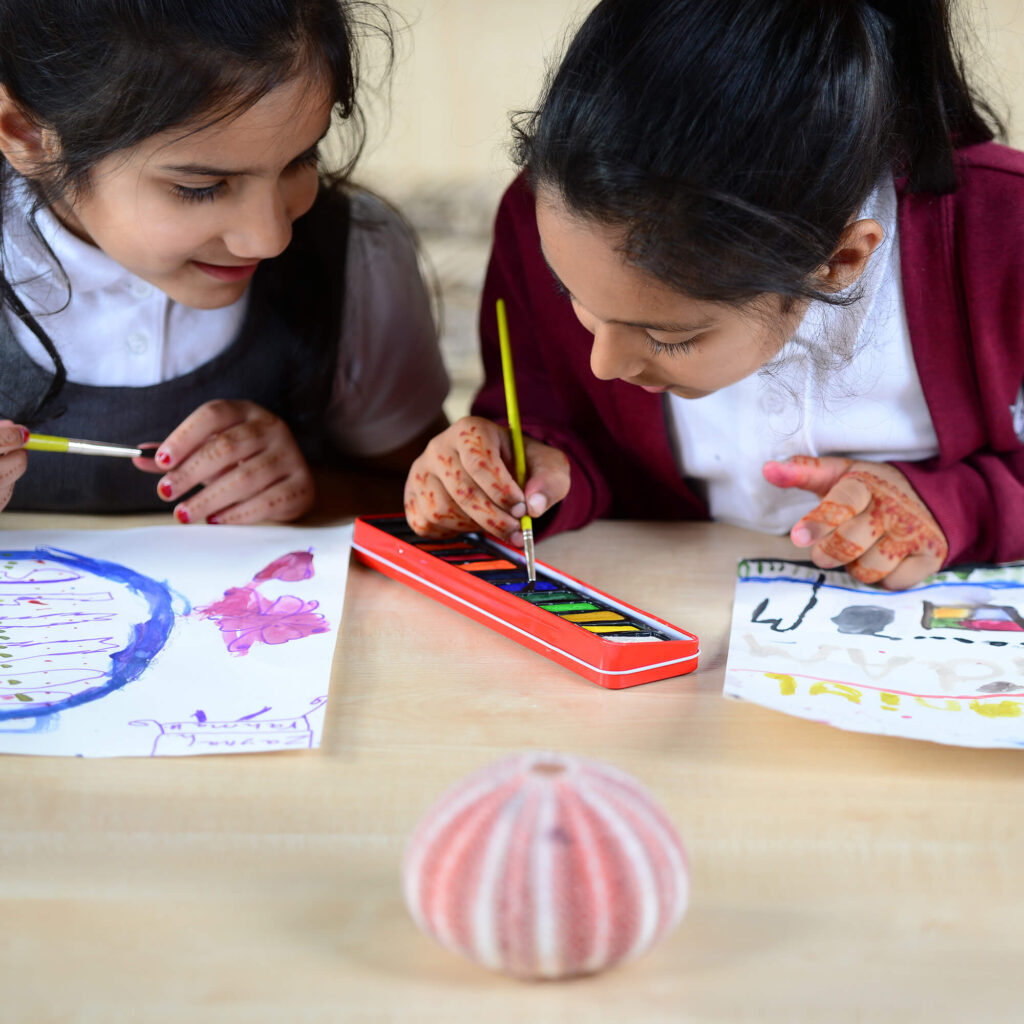
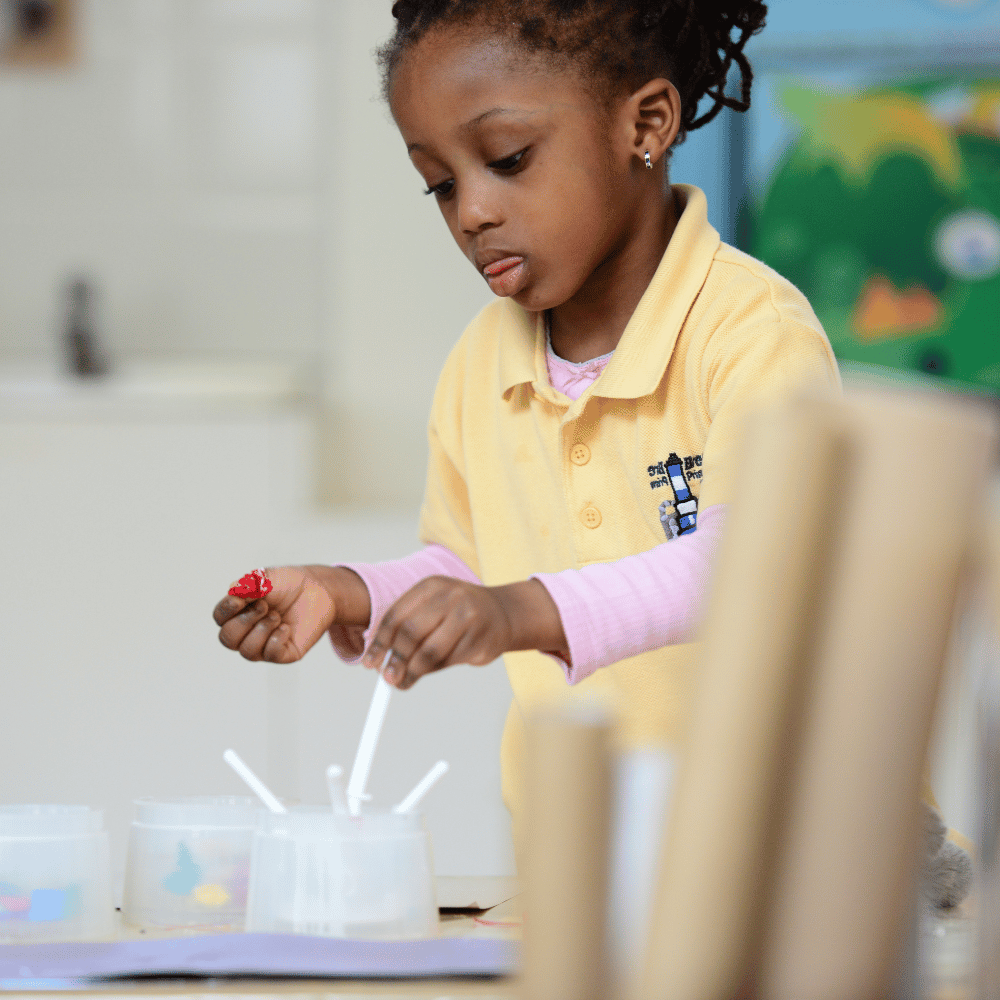
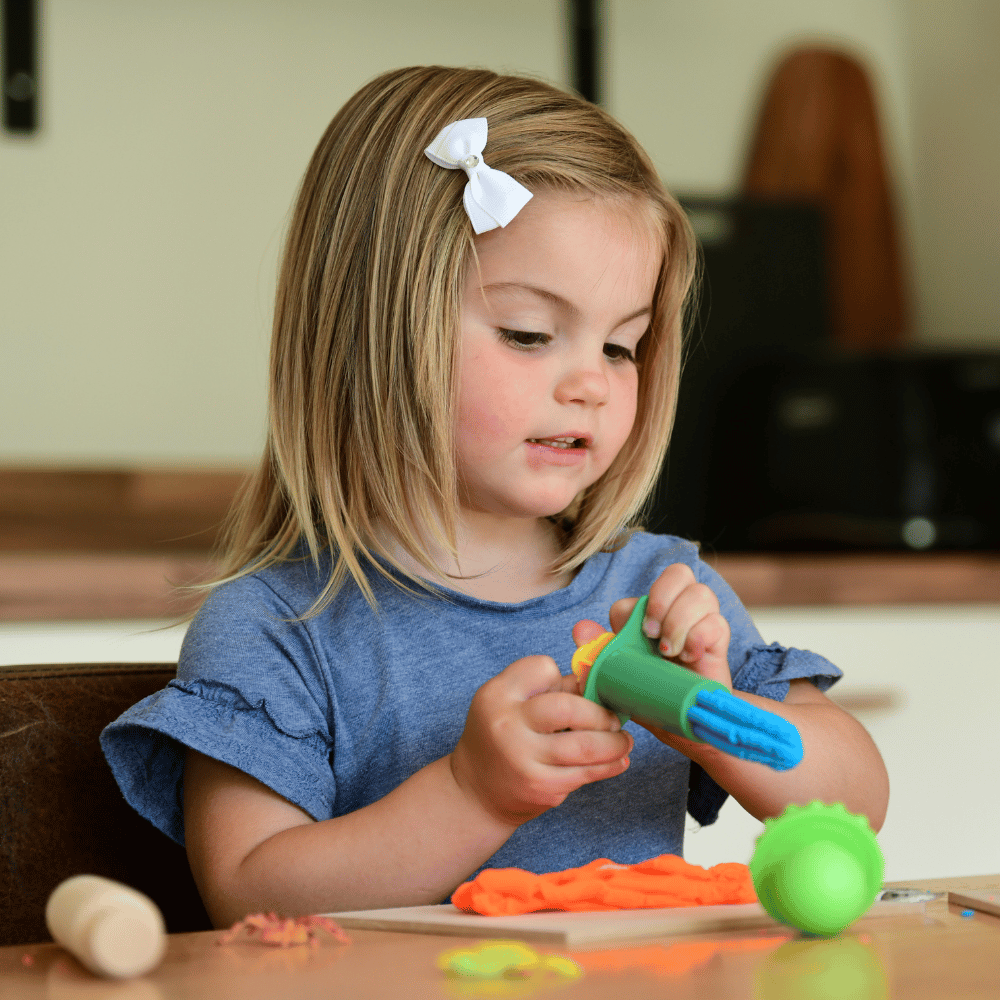
Other areas of provision commonly found include loose parts, a sensory/sand play area, a construction area, a space to explore early writing and one to explore early years mathematics. Traditionally a Reggio Emilia learning environment would also include a large gathering or meeting area, known as a Piazza.
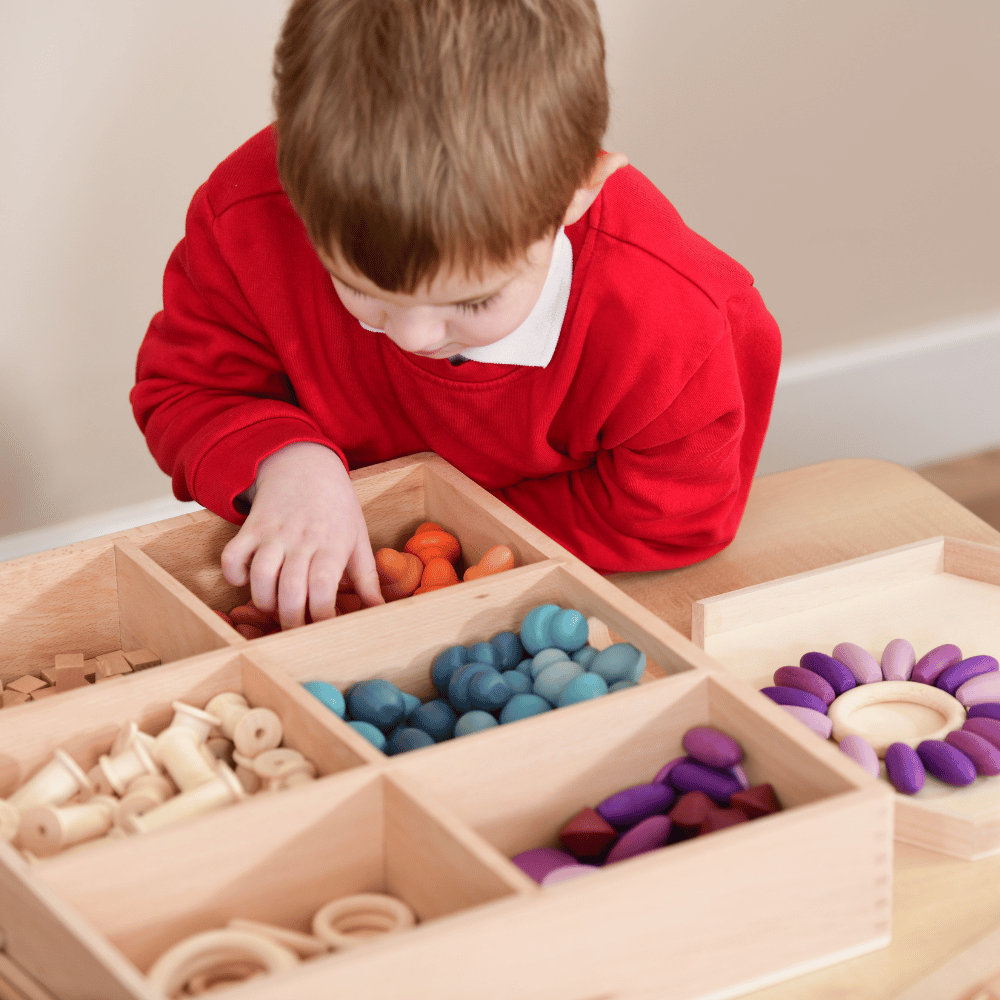
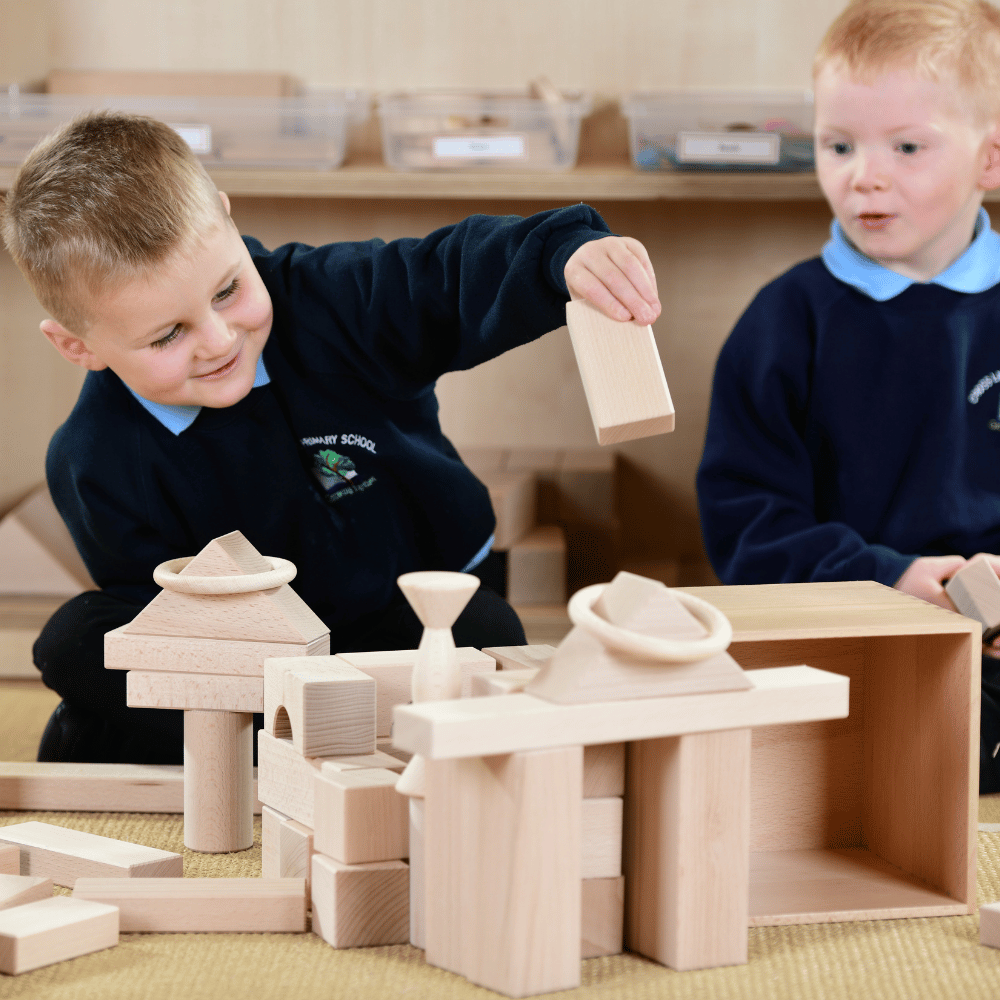
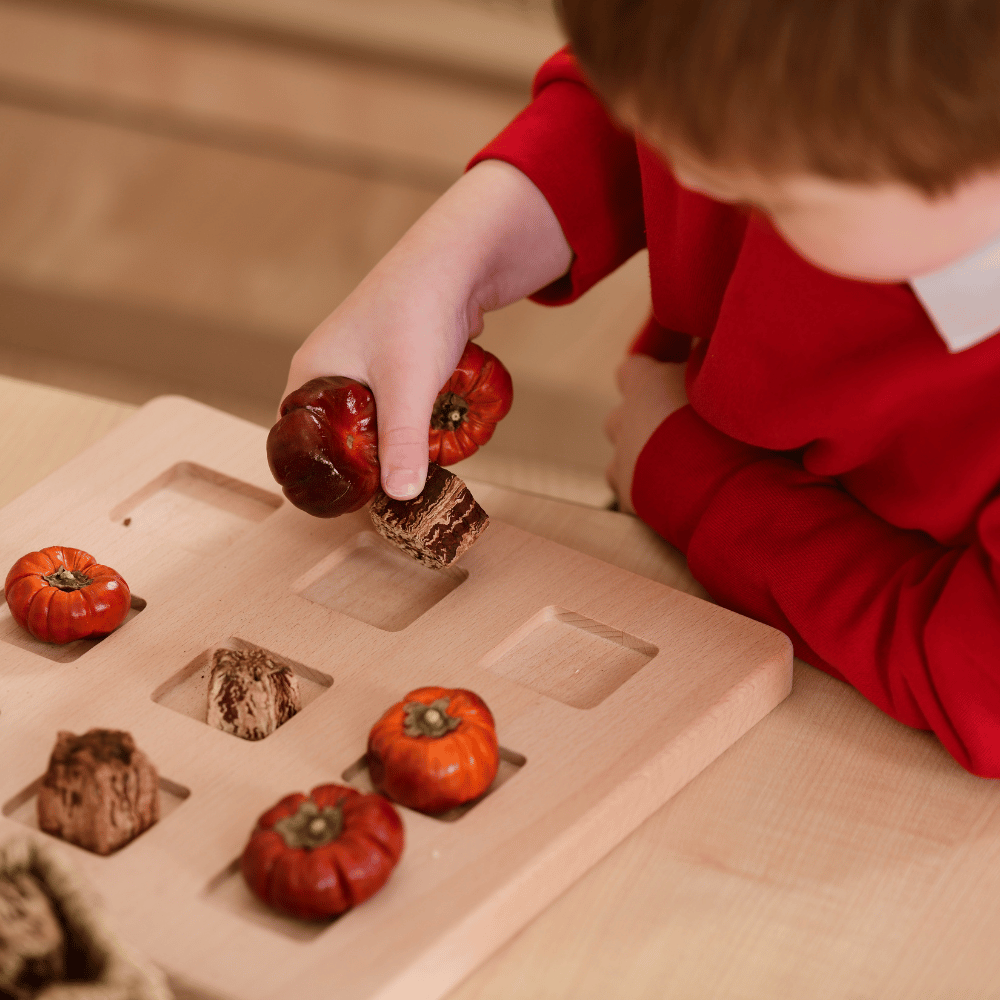
How Does the Reggio Emilia Approach Document Learning?
A key element of the Reggio Emilia Approach is the skilful use of documentation to capture, understand and celebrate children’s learning, development and behaviours. The philosophy believes that documentation makes children’s learning visible and encourages them to become central to their own learning. Things to include in displays are photographs, quotes from children, children’s artwork and writing, descriptions of activities and adult reflections.
Key questions you may want to consider if you want to use the Reggio Emilia Approach:
- Are your children able to initiate their own learning for extended periods of time?
- Have you developed areas of Continuous Provision which are being used independently by the children?
- Could you create an atelier space to support children with their creative projects?
- Do you, a member of your team, or school community have the knowledge to support teaching and learning in an atelier?
- How do you enrich or enhance the provision to extend children’s learning, nurture creativity and in response to children’s interests?
- Do all adults have a deep understanding of child development, which they can draw on in interactions?
- How is display being used to document children’s learning over time and do they have a pedagogical focus?
- How are parents and the local community included in the learning experiences for your children?
- How is the local community reflected in the learning environment?
To further help you, take a look at the other Early Excellence practice and pedagogy blogs which focus on developing and strengthening the learning environment, and the role of adults within it.
For further inspiration you may also want to have a look at this video called Shining a Spotlight on Creativity in the early years, from Julie McAllister from the Government of Jersey, which takes inspiration from the 100 Languages of Children.
What is the impact of the Reggio Emilia Approach?
The Reggio Emilia Approach draws on the theories of many educational thinkers, to create a pedagogical philosophy aligned with the unique cultural context of Reggio Emilia in Italy. As such, it must be carefully explored and refined, to align with each school or settings own unique culture.
Although there is limited empirical evidence specifically demonstrating that the Reggio Emilia Approach has measurably positive outcomes, the key features of the Reggio Emilia Approach align closely with widely recognised principles of quality practice in the Early Years and which are well substantiated by research. At Early Excellence, we support schools and settings in bringing these principles to life. Whether through our Continuous Provision Guides, pedagogical CPD, or environment design consultations, we help practitioners build environments and interactions that reflect these powerful ideas – tailored to the unique culture of each setting, just as the Reggio philosophy encourages.
Several key aspects of the Reggio Emilia approach align with well-established research-based principles for promoting learning in early childhood, such as co-construction, enquiry, and documentation – aligning with theorists such as Vygotsky, Bruner and more recently, the work of Professor Iram Siraj OBE.
The model of co-constructing learning with children relates closely to the concept of Sustained Shared Thinking as discussed in the UK Department for Education’s “Effective pre-school, primary and secondary education project (EPPSE)”. A study which explores how pre-school influences children and young people’s attainment and developmental outcomes over time and has shaped the modern early years landscape. Professor Iram Siraj OBE and colleagues who led the EPPSE study define Sustained Shared Thinking as:
“An episode in which two or more individuals ‘work together’ in an intellectual way to solve a problem, clarify a concept, evaluate activities, extend a narrative, etc. Both parties must contribute to the thinking and it must develop and extend.” (Siraj-Blatchford et al., 2002)
The Reggio Emilia Approach shares core principles with Sustained Shared Thinking, particularly in how children and teachers engage in deep, collaborative thinking and that concept of co-construction – all emphasising the power of relationships, dialogue and the child as an active participant in their learning.
What is the difference between the Reggio Emilia Approach and Montessori?
Whilst both pedagogical approaches emerged from Italy and place the child firmly at the heart of the process, guiding their own learning experiences, there are some key differences. One of these is that the Reggio Emilia approach has an emergent curriculum, whereas Montessori is more structured and the classroom environments reflect this. This is also reflected in the role of the adult, with Reggio Emilia teachers considered to be co-learners with the children, whereas Montessori teachers act as directors of education, playing a less participatory role in children’s independent activities.
With regards to which age groups the approaches are used with, Reggio Emilia traditionally focuses on the Early Years and one year age ranges, whereas Montessori may also be used with teenage children and typically in groups of children with ages in a 3-year range.
Although the two methods have distinct differences, both share a common goal of supporting children’s holistic development. Each approach uses its own tools and strategies to help children grow into socially aware individuals who can interact harmoniously with others.
Bringing Reggio Principles to Life in Your Classroom
The Reggio Emilia Approach offers a powerful vision of early education – one where children are seen as capable, curious, and creative, and where learning emerges through relationships, environments, and meaningful enquiry. While rooted in the culture of Northern Italy, its principles resonate strongly with the values of Early Excellence. From the thoughtful planning of environments to the role of the adult as a co-learner, the Reggio philosophy aligns with how we support schools to develop rich, engaging practice through Continuous Provision.
If you’re inspired to embed these ideas in your own setting, explore our Continuous Provision Guides, packed with expert guidance on environment planning, adult interaction, and resource selection. Or take a closer look at our Complete Classrooms designed to spark creativity, enquiry and self-directed learning every day. With Early Excellence, you can create a classroom that not only reflects the principles of Reggio Emilia, but brings them to life.
Discover more about the Reggio Emilia Approach, its history and principles of practice at the official website.
Find Out More
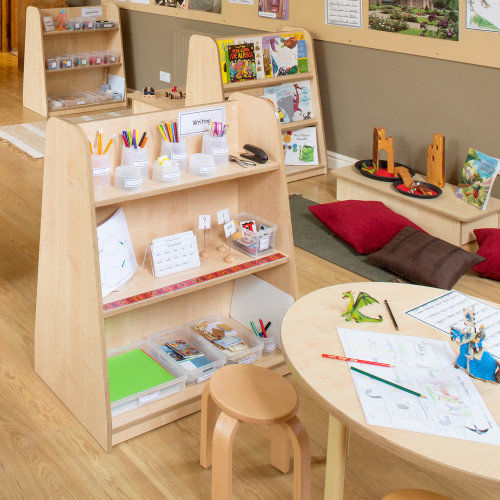
Explore our Complete Classrooms and discover how best to design your classroom and equip your learning environments, whether it is a new space or an existing classroom.
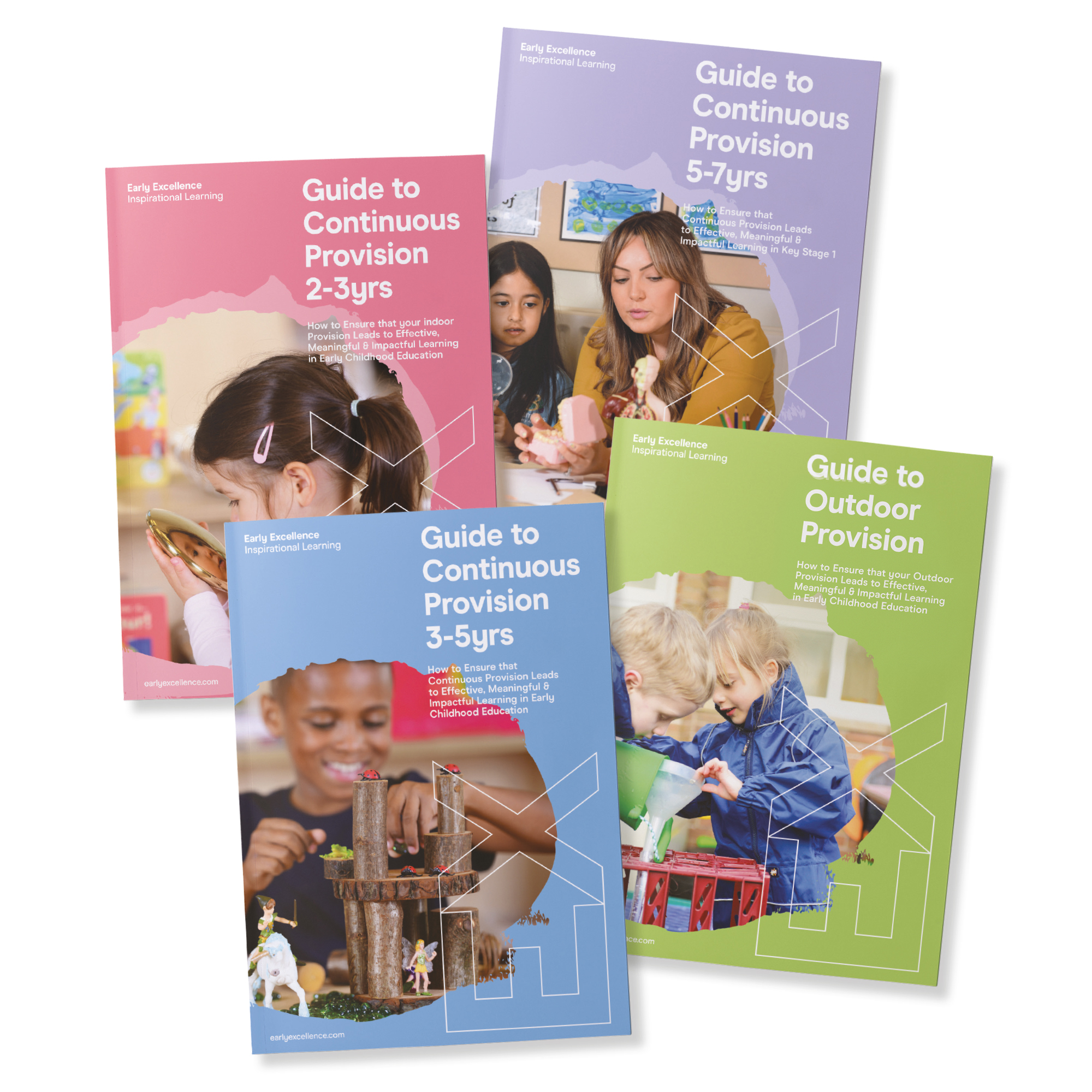
Invest in your professional development with this set of Continuous Provision Guides, packed with practical information to help you plan and resource your EYFS and KS1 learning environments.
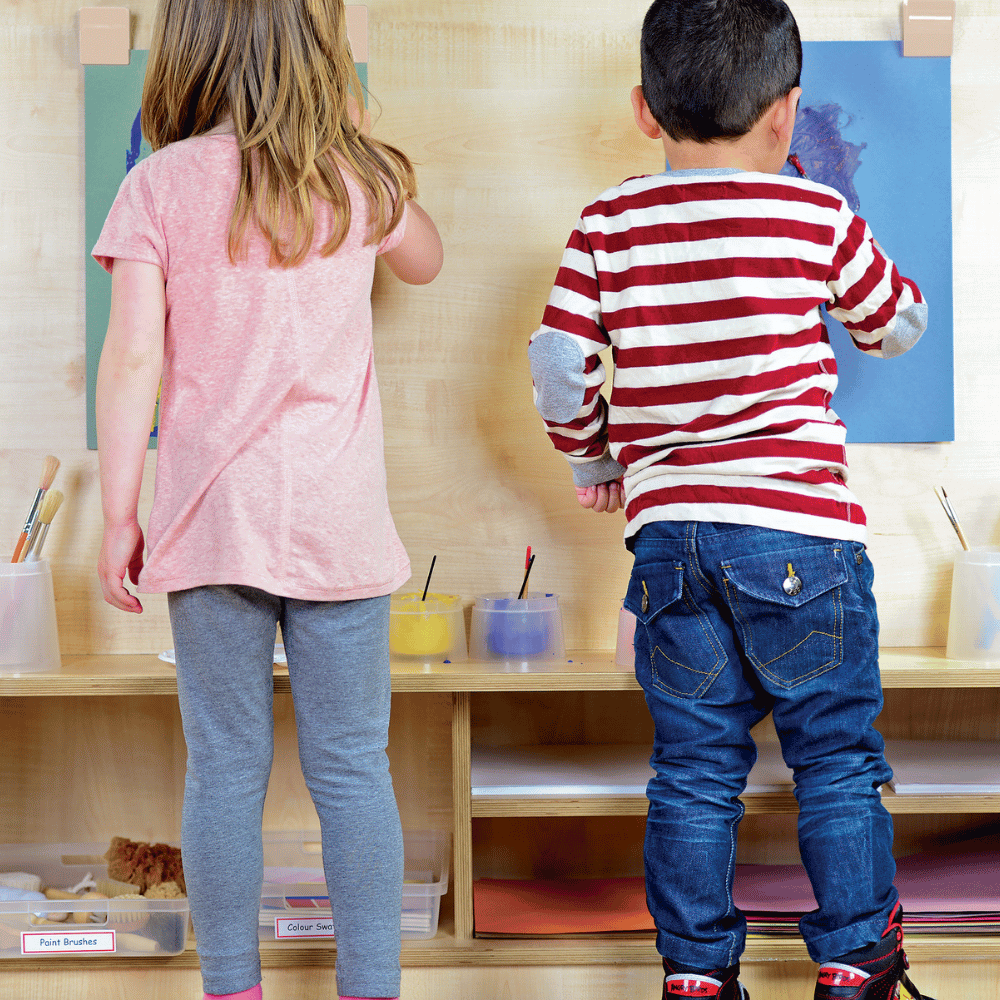
Inspire children to express themselves with a range of arts and crafts equipment and tools, as well as natural materials for transient art, all to enrich early childhood learning and development.
- Image of Loris Malaguzzi. Source: www.reggiochildren.it, Public Domain. ↩︎

